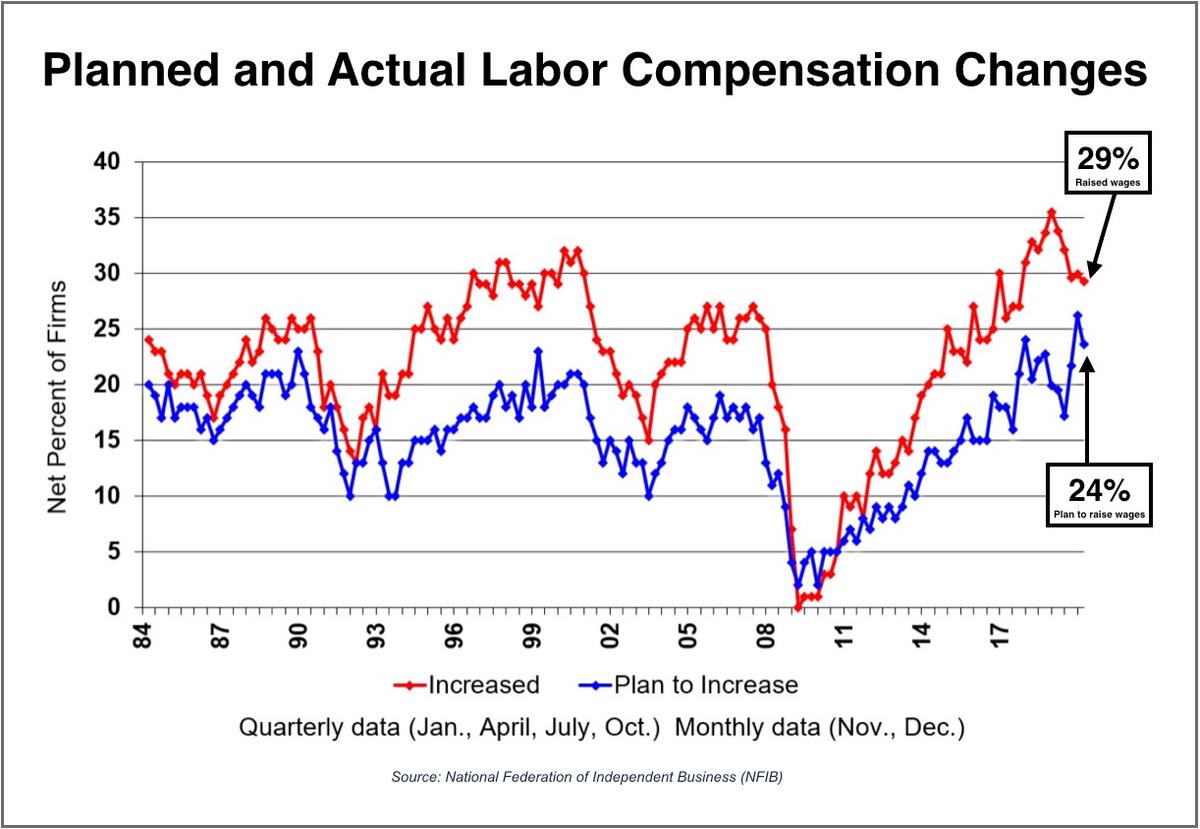The number of initial jobless claims—a measure of Americans who applied for unemployment benefits—fell for the fifth straight week in early January, pointing to ongoing labor market strength.
The better-than-expected initial claims figures are an encouraging sign for the U.S. economy, which saw slowing job growth in December.
The four-week moving average of initial jobless claims, which smooths out week-to-week volatility and is considered by some to be a more reliable indicator, fell 7,750 to 216,250 last week.
![4-Week Moving Average of Initial Jobless Claims [IC4WSA]. (U.S. Employment and Training Administration / FRED)](/_next/image?url=https%3A%2F%2Fimg.theepochtimes.com%2Fassets%2Fuploads%2F2020%2F01%2F17%2FInitial-jobless-claims.jpg&w=1200&q=75)
The number of continuing claims, which reflect people already collecting unemployment benefits, dropped by 37,000 from the previous week’s revised level to 1,767,000 for the week ending Jan. 4. The previous week’s level was revised up 1,000 from 1,803,000 to 1,804,000, the highest level since April 2018.
The 4-week moving average for seasonally-adjusted continuing claims was 1,755,500, an increase of 10,500 from the previous week’s revised average.
![4-Week Moving Average of Continued Claims (Insured Unemployment) [CC4WSA]. (Source: Source: U.S. Employment and Training Administration / FRED)](/_next/image?url=https%3A%2F%2Fimg.theepochtimes.com%2Fassets%2Fuploads%2F2020%2F01%2F17%2FContinued-claims.jpg&w=1200&q=75)
Tight Labor Market
The labor market has continued to create jobs at a steady pace, despite some evidence of worker shortages.“The inability to assemble work teams is a key contributor to the comparably lackluster performance of the construction industry as evidenced by the December figures,” said NFIB Chief Economist William Dunkelberg. “Owners are raising compensation in order to attract more qualified applicants to fill open positions.”
The report showed near historic highs in the percentage of small business owners who raised or are planning to raise worker compensation.

The Federal Reserve also noted tight labor market conditions, which could explain the slowdown in job growth in December.
Manufacturing added only 46,000 jobs in 2019 compared to 264,000 in 2018. The Institute for Supply Management’s measure of national factory activity dropped in December to its lowest level since June 2009.
Hiring at construction sites increased by 20,000 jobs in December. Government employment rose by 6,000 jobs and could accelerate in the coming months amid increased hiring for the 2020 Census. There were increases in leisure, hospitality, financial activities, education, healthcare, retail, and wholesale trade employment last month.
Professional and business services added the fewest jobs since January. The transportation and warehousing industry lost 10,400 jobs, and mining and logging shed 9,000 positions.





